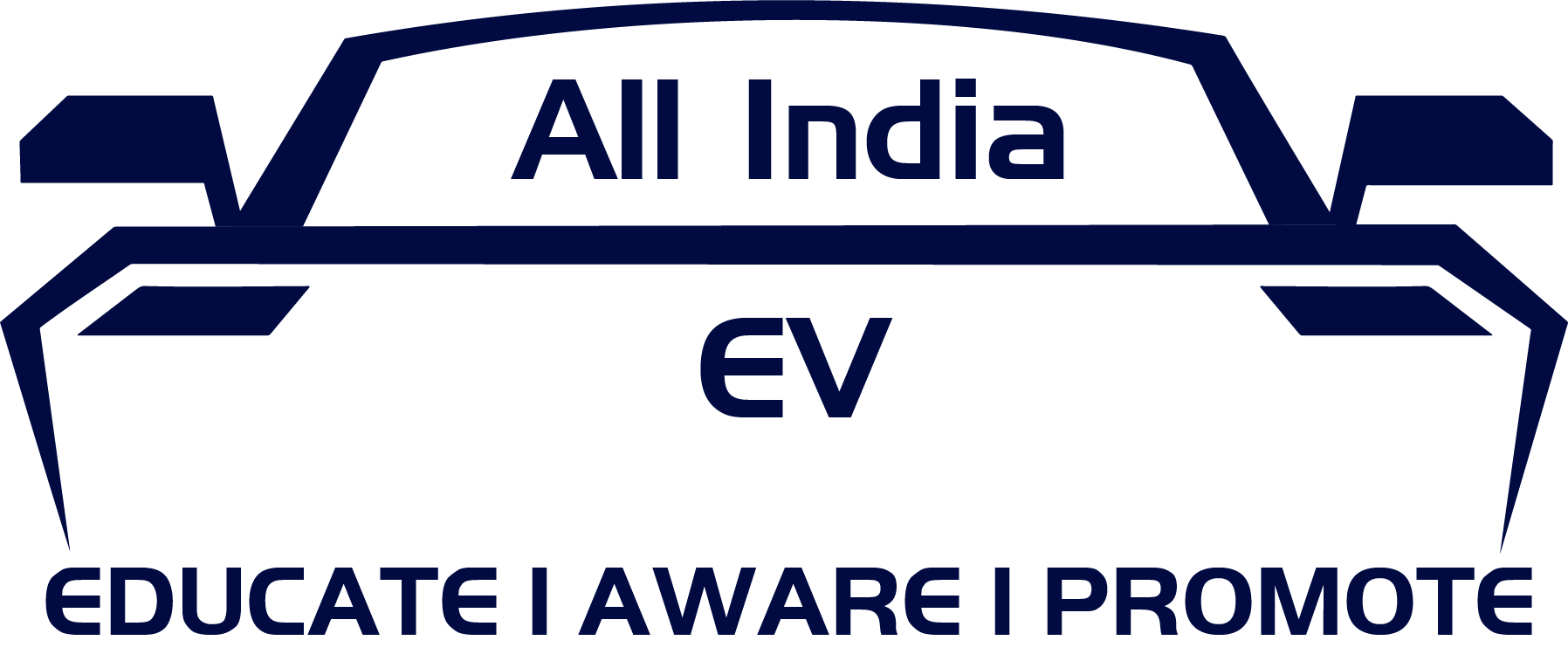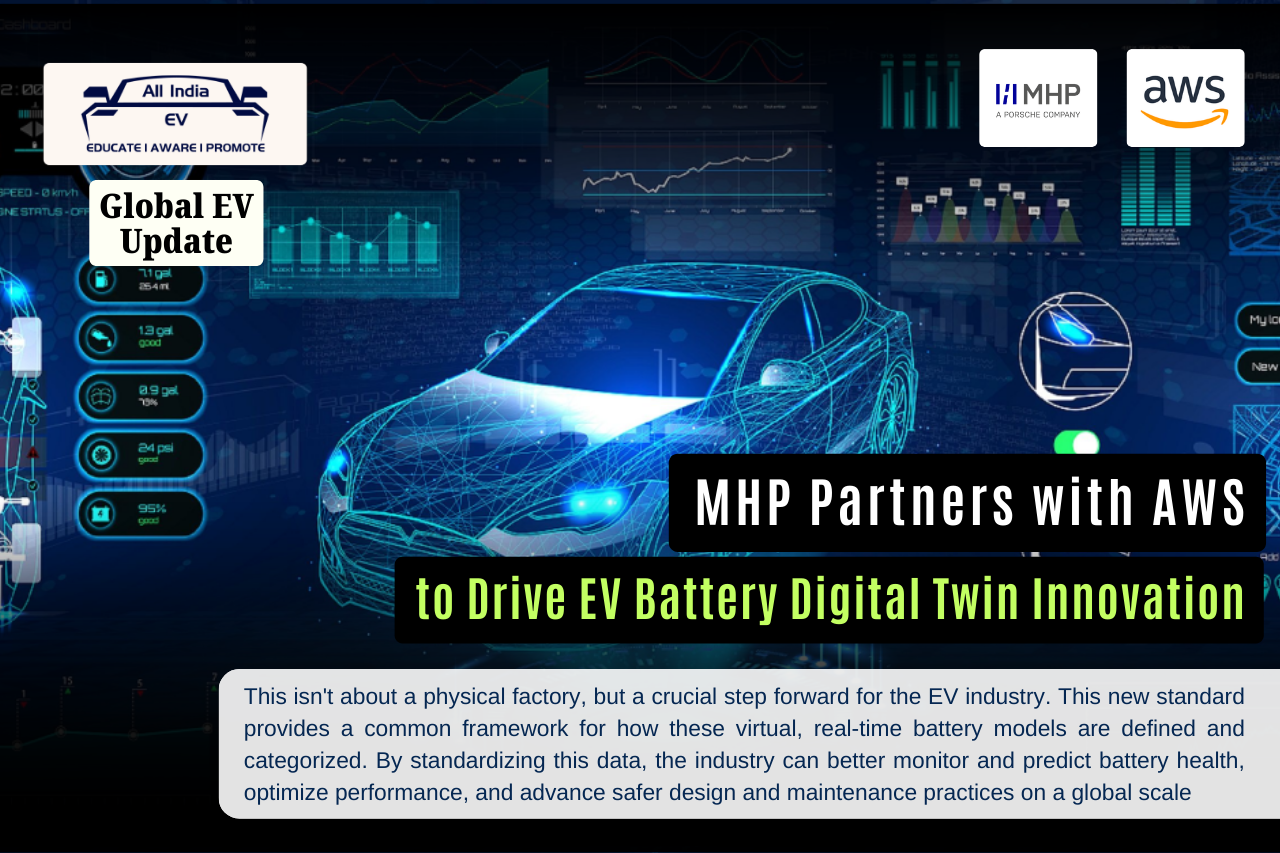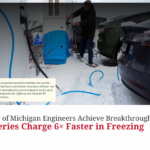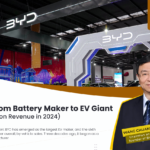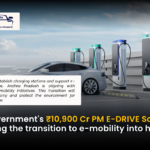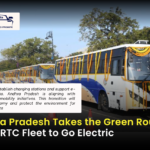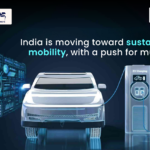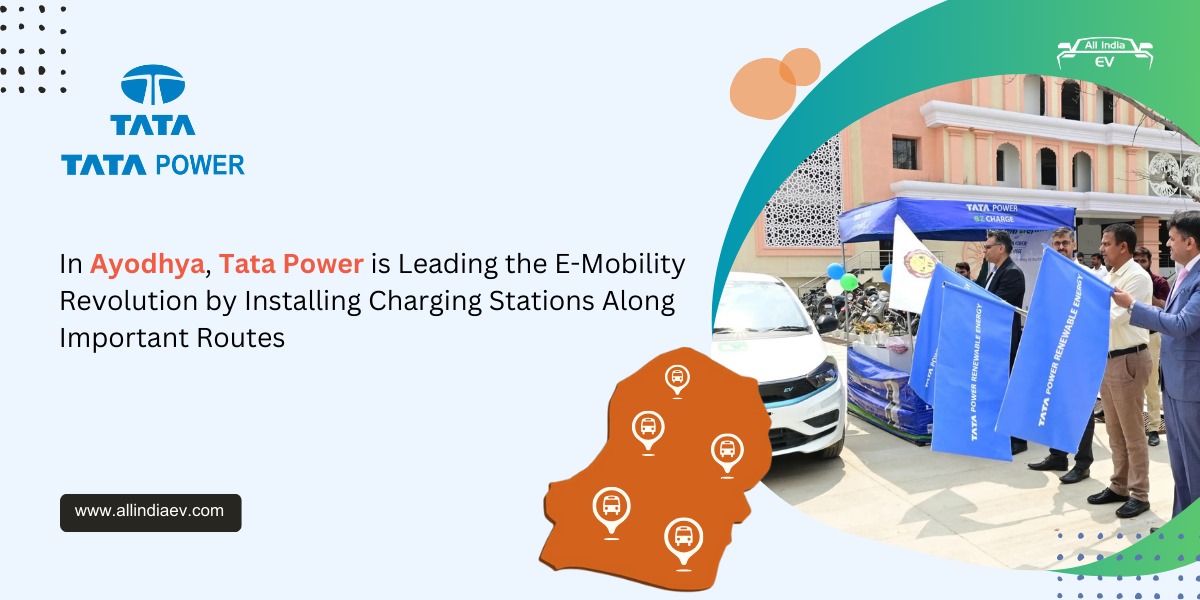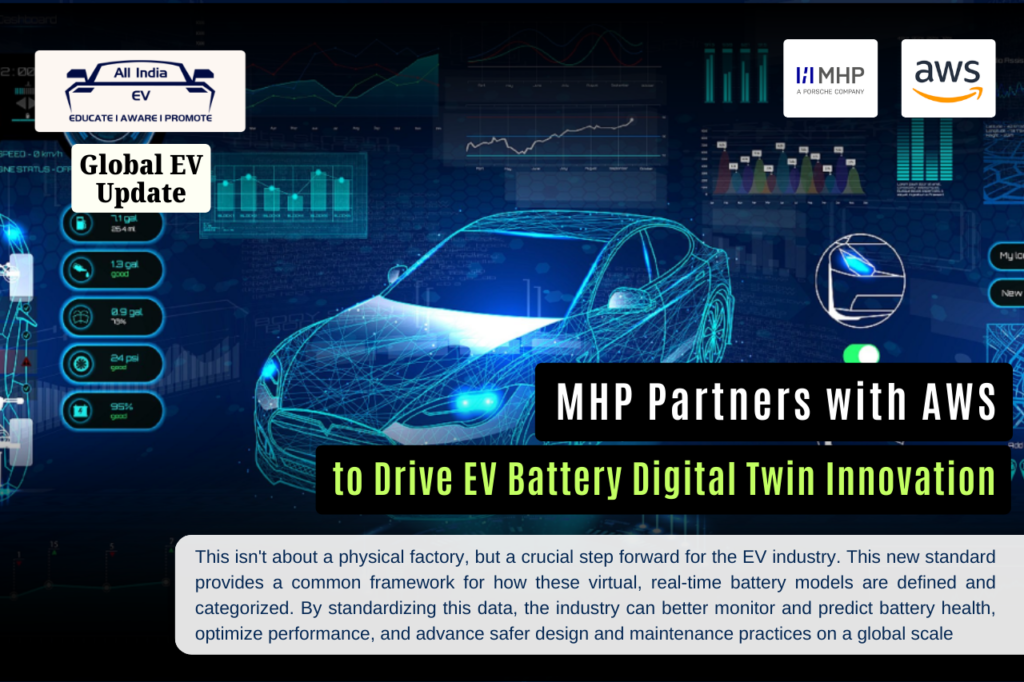
New Delhi: In a breakthrough for electric mobility, management and IT consultancy MHP, a Porsche-owned company, has launched a new technical specification for EV battery digital twins in collaboration with Amazon Web Services (AWS). The framework, published as DIN SAE SPEC 91487:2025-08, was jointly released by DIN (German Institute for Standardisation) and SAE International, marking the world’s first comprehensive standard for EV battery digital twins.
What Are EV Battery Digital Twins?
Digital twins are real-time, virtual representations of physical EV batteries. They use sensor data, artificial intelligence (AI), and machine learning (ML) to simulate and monitor performance across a battery’s lifecycle. By mirroring the physical unit, digital twins provide insights into battery degradation, help optimise performance, and enable safer design, maintenance, and operational strategies.
The New Standard
The DIN SAE SPEC 91487:2025-08 defines how EV battery digital twins are described and categorised, creating a common framework for developers, researchers, automakers, and cloud providers. Importantly, the specification does not set industry-specific algorithms or performance rules but instead lays the groundwork for collaboration and communication across the EV battery ecosystem.
The standard was developed over two and a half years under the PAS (Publicly Available Specification) process, which enables fast-tracked standard creation.
Industry Collaboration
According to Christian Stapel, Partner at MHP, the publication highlights MHP’s expertise in digital twins and “its ability to set up standards on the scale of DIN,” positioning the company as a reliable partner in future EV innovation standards.
Markus Schütten, Senior Manager at MHP, explained that the initiative originated from an automaker project where a lack of basic standardisation created barriers. “With the appropriate competence and expertise, projects of this size can now also be successfully implemented,” he noted.
MHP led the joint working group that authored the specification, while AWS contributed a pre-formulated maturity model based on a Level 4 digital twin. This model uses live sensor data, fleet knowledge, and AI to monitor and analyse EV battery health.
Global Implications
The specification will help companies standardise digital twin development, classify them for legal reference, and build interoperable services. With SAE International’s involvement, US-based firms can adopt the framework, while MHP and partners aim to evolve the specification into an international ISO standard to promote global harmonisation.
Boost for India’s EV Industry
For India, where the government is targeting 50% electrification of two- and three-wheelers by 2030, such standards could play a vital role in ensuring reliability, safety, and lifecycle efficiency of EV batteries. Local OEMs and startups could benefit from adopting these frameworks early, aligning with international best practices.By bridging the gap between cloud platforms, battery manufacturers, and automakers, the new digital twin standard is expected to accelerate innovation and strengthen supply chain transparency in the EV battery sector worldwide.
